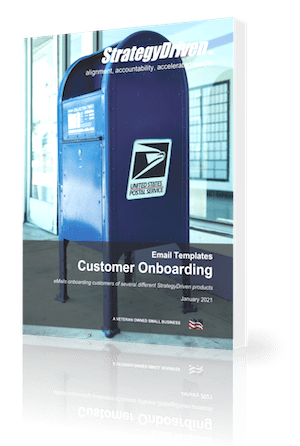Best Practices for Sales Lead Management in a Data-Driven World
In the digital age, sales lead management has become essential to business growth, and data is the key to unlocking its full potential. Data-driven sales enable companies to gain insights into their customers and prospects, prioritize leads, and optimize their sales pipeline. However, many businesses need help with leveraging data to improve their sales.
This blog discusses six best practices for sales lead management in a data-driven world.
Follow these tips to knock your sales numbers out of the park!
1. Understand the Basics of Managing Sales Leads
The first step in data-driven sales is understanding the basics of managing sales leads. Sales lead management involves collecting data on leads, including their contact information, demographics, and purchasing behavior. Salespeople can then use this data to prioritize leads based on their likelihood to buy, improving the efficiency of the sales pipeline.
For example, a company specializing in SaaS products might use a CRM tool to manage its sales leads. The tool would allow their sales reps to collect lead data, prioritize leads based on behavior, and track their progress through the sales pipeline.
2. Practice Good Sales Enablement
Sales enablement provides sales teams with the equipment, materials, and instruction required for successful sales outreach and campaigns. Giving sales representatives the information and ability to interact with prospects and customers throughout the purchasing process will ultimately lead to revenue growth and customer satisfaction.
For example, suppose a marketing agency’s sales manager provides sales reps with training on the company’s services and access to marketing collateral and sales scripts. In that case, their representatives can learn to engage with leads more effectively and close more deals.
The creation and development of sales enablement material is largely informed by sales managers and leaders, so it’s important they have a role in developing this type of content so it efficiently meets their team’s needs.
3. Use Big Data Analytics (BDA)
Big data analytics (BDA) involves analyzing large and complex data sets to gain insights and make data-driven decisions. BDA can help companies identify patterns and trends in their data, providing valuable insights into their prospects.
For example, suppose an eCommerce company started using BDA to analyze customer data, including purchasing behavior, demographics, and web activity. Then, their sales team could use this data to create targeted marketing campaigns and improve the efficiency of their sales pipeline.
4. Implement Data Storage Solutions
Implementing robust data storage solutions is essential for managing and safeguarding data.
These solutions may include conventional on-premise storage systems or intelligent cloud-based Enterprise Resource Planning (ERP) systems, offering a wide range of options to cater to the specific needs of each enterprise. Efficient data storage solutions enable enterprises to improve data management, monitor their websites, enhance data security, increase workflow efficiency, and save IT infrastructure and operations costs.
For example, an online travel agency might leverage a cloud-based ERP system to store and manage its sales lead data. The system would give them real-time access to their lead data and allow them to scale their storage capacity as their sales operation grows.
5. Ensure Sales Emails Reach Leads
Email marketing is a powerful channel for cultivating relationships with sales leads. However, your emails may not reach their intended recipients if your domain is blacklisted. Therefore, it’s important to understand email blacklisting and take steps to avoid it.
For example, the sales manager of a real estate agency could use an email verification tool to check if their domain is blacklisted before sending out sales emails. This proactive approach helps ensure their emails reach their intended recipients and improve the efficiency of email marketing campaigns.
6. Break Down Data Silos
Data silos make it difficult to share information across departments and can lead to poor business intelligence. Therefore, breaking down data silos and promoting cross-functional collaboration is essential to unlocking a company’s growth potential.
For example, an insurance sales company might implement a cross-functional data management strategy, which involves sharing data across departments and promoting collaboration. This cross-functional approach helps improve the sales pipeline’s efficiency and drive revenue growth.
Harness the Power of Data for Better Sales
To sum it all up, data is the key to successful sales lead management in today’s world. By implementing a data-driven sales strategy, you can optimize your sales pipeline and achieve greater success.














Leave a Reply
Want to join the discussion?Feel free to contribute!